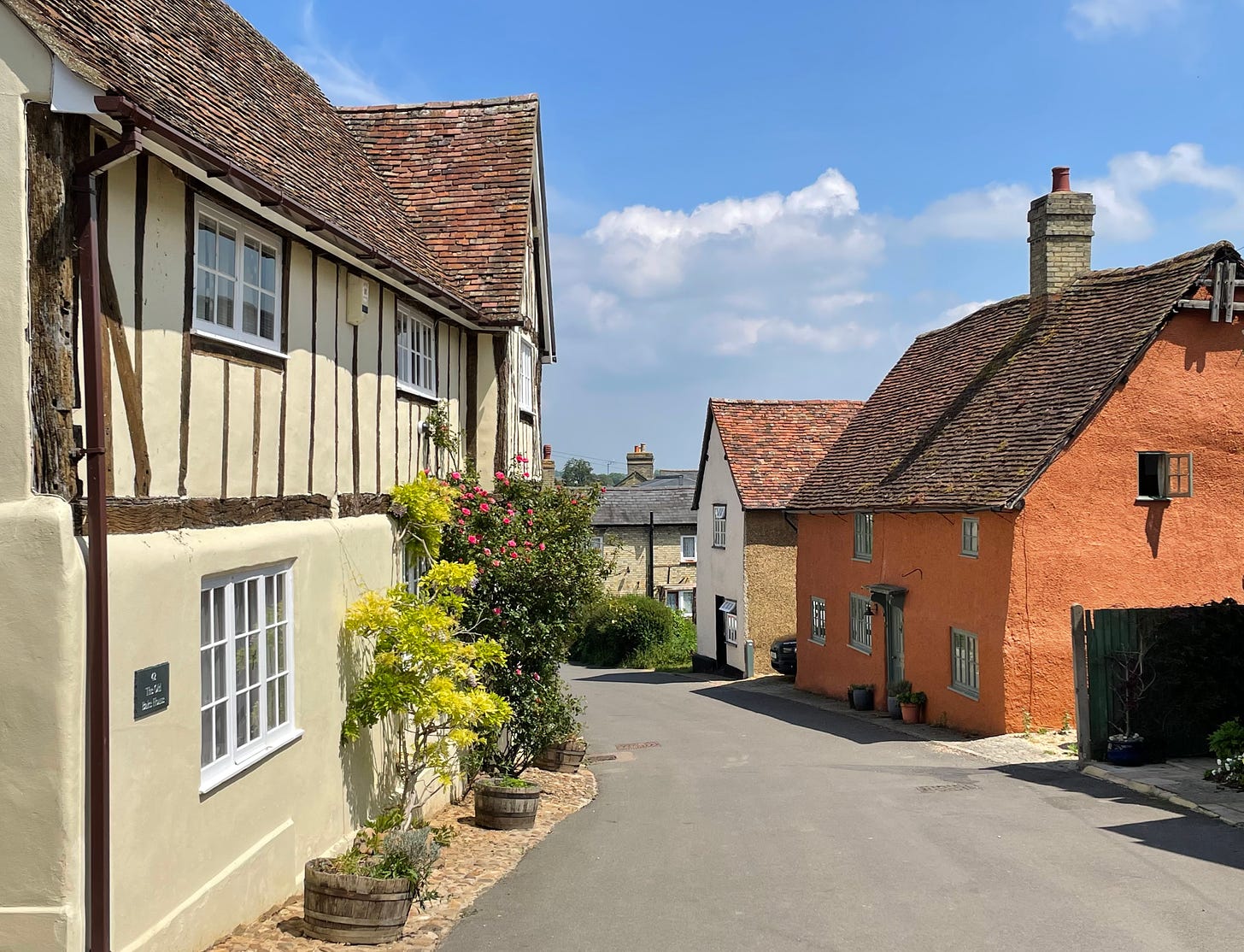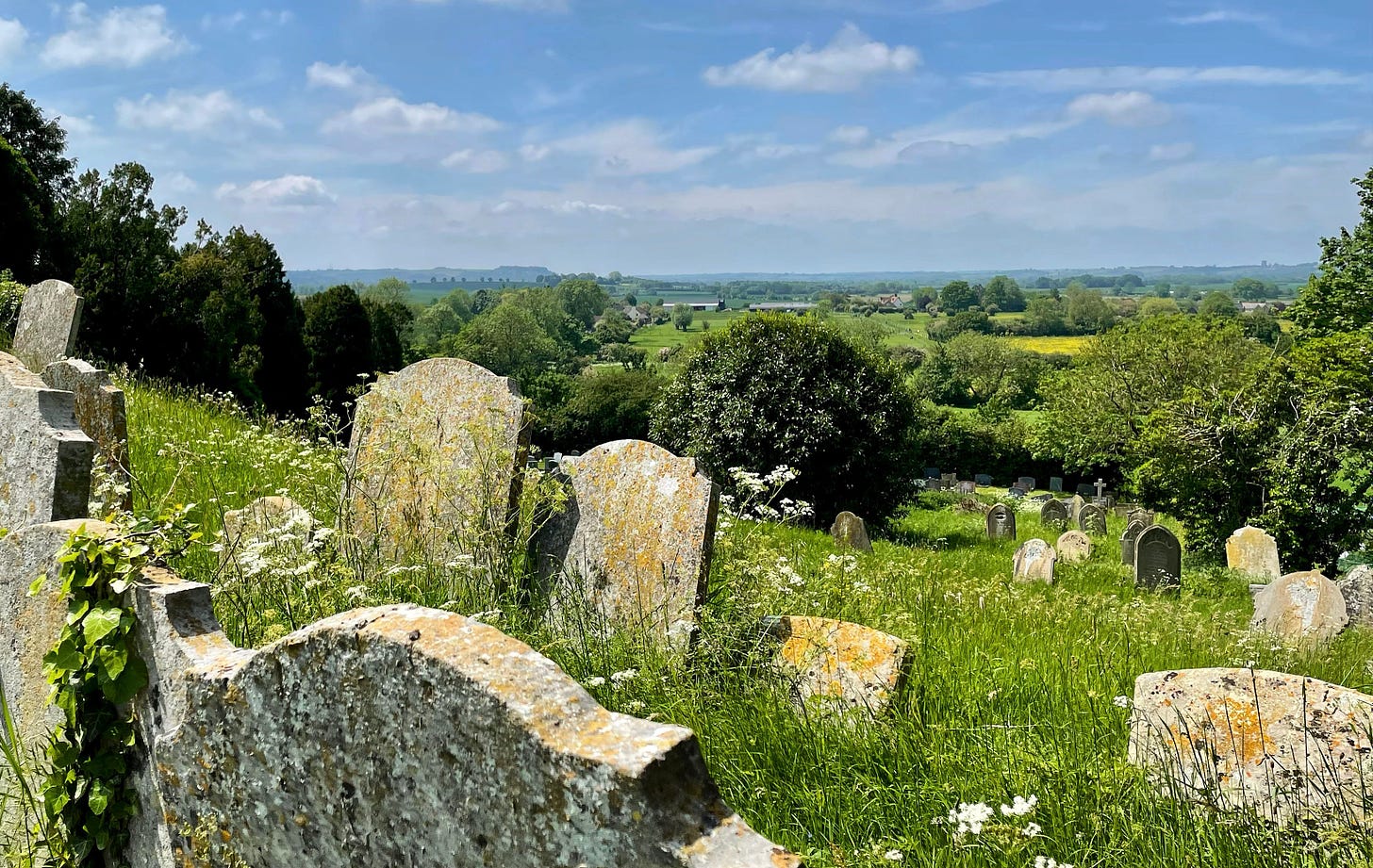From Pulpit to Prison
As a prisoner of conscience, John Bunyan's books and personal example helped transform the way ordinary people worshipped, empowering them and their communities from rural Bedfordshire to world-renown
The Chilterns has a proud, if hidden history of attracting non-conformers, Protestant Christians who did not "conform" to the governance and usages of the state Church of England, and in Wales until 1914.
The beechwoods and isolated farms offered cover for clandestine preaching and meetings, and the ability to move between parishes along the lonely footpaths and trails that criss-cross the region. You will find many of their meeting houses and chapels still in use, the most notable is the Quaker Meeting House in Jordan’s village in the Chalfonts. It is where Founding Father William Penn is buried with his family. More of that in another newsletter.
Pots and pans
Another non-conformist who wrote one of the most significant works of English religious literature from his prison cell - The Pilgrim’s Progress, was John Bunyan (1628 - 1688). Born near Bedford, as a child he travelled the district helping his father, an itinerant tinsmith and learnt the tinkers trade.
After this stint as a conscript in the English Civil War, he settled in the tiny village of Elstow, near Bedford. He married and resumed his trade as a tinker, but was drawn to a newly formed independent church and became recognised as a gifted preacher.
In 1660 when the Monarchy was restored, the state attempted to restrain the growing numbers of independent churches, in the belief national unity would only be achieved through religious uniformity. Bunyan was arrested and sentenced to 12 years from 1661 - 1672 in the county goal as he would not give an assurance not to preach.
During those 12 years, he supported his family making long-tagged bootlaces that they could sell and he began writing the first part of his Pilgrim’s Progress, the symbolic vision of a man named Christian who goes on a pilgrimage from his home in the City of Destruction to the Celestial City. It was second only to the Bible in popularity and is the most famous Christian allegory still in print.
He had further time behind bars on the whim of King Charles II, so it wasn’t until 1678 that he was able to publish part one and the second part published in 1684.
Great beasts and giants
Bunyan spent his time preaching, directing the affairs of the Church and visiting outlying congregations and sister churches in Bedfordshire, Hertfordshire, Cambridgeshire, Surrey and London.
From rural Bedfordshire to world-renown, from pulpit to prison, and from fiery sermons to tales of great beasts and giants – his life and times make for an amazing and colourful story. You can follow in his footsteps on the wonderful Bunyan Trail, an 86-mile circular trail starting and ending from Sundon Hills Country Park, just north of Luton. It passes through many of the local Bedfordshire villages and towns he would have known.
All images, unless otherwise stated are the copyright of Mary Tebje and cannot be reproduced without permission.
Links you will need
The John Bunyan museum re-opens today and tells the story of his life and works. It is open on Tuesdays to Saturday’s 11am - 4pm.
There are local tour guides ready to take share their tales of the Bedford Movers ’n Shakers, tickets can be booked here. They operate from April to October.
Take a wander through pretty Shillington Village - which is also on the Trail with the nearby Crown pub serves cozy pub meals with a garden in the summer.
Any images used in this newsletter are available to buy as prints - framed or mounted. Do get in touch if you are interested.





